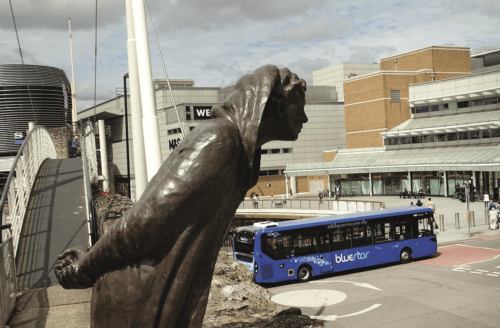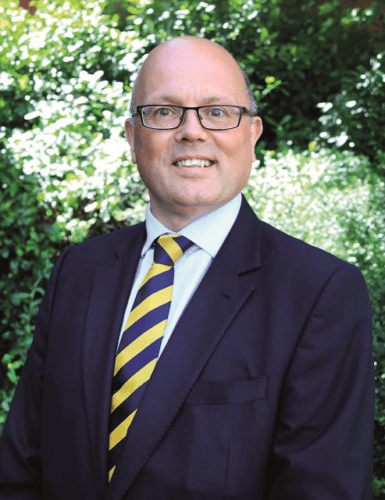
Go South Coast is continuing to expand its operations on the South Coast in the wake of major changes in both Bournemouth and Southampton. Richard Sharman speaks to Managing Director Andrew Wickham about recent and future developments at the company
It has been an extraordinary time in the history of bus operations along the South Coast of England since August 2022, having seen the closure of Bournemouth Transport, which traded as Yellow Buses, and then the announcement that First Bus’ City Red operations were to be withdrawn completely on 18 February.
The closure at short notice of Yellow Buses meant that Go South Coast’s Morebus division had to move quickly to secure drivers, source additional vehicles and cover services. The situation in Southampton has been rather different, with First announcing its withdrawal from the city on 29 November, giving Go South Coast time to prepare for changes to its network.
Acting quickly

GO SOUTH COAST
Managing Director of Go South Coast Andrew Wickham gave CBW an update about how it handled the situation in Bournemouth, and plans for this summer. “The announcement that Yellow Buses was to close was very sudden, but we had noticed that things were not going well following its 2017 service changes which saw many long-standing links broken that had been in place since tramway days,” he explained, “and we understand that was mastered by the then-owners based in Paris. The lack of local knowledge applied to the service changes cost them a lot of passengers.
[…]By subscribing you will benefit from:
- Operator & Supplier Profiles
- Face-to-Face Interviews
- Lastest News
- Test Drives and Reviews
- Legal Updates
- Route Focus
- Industry Insider Opinions
- Passenger Perspective
- Vehicle Launches
- and much more!


